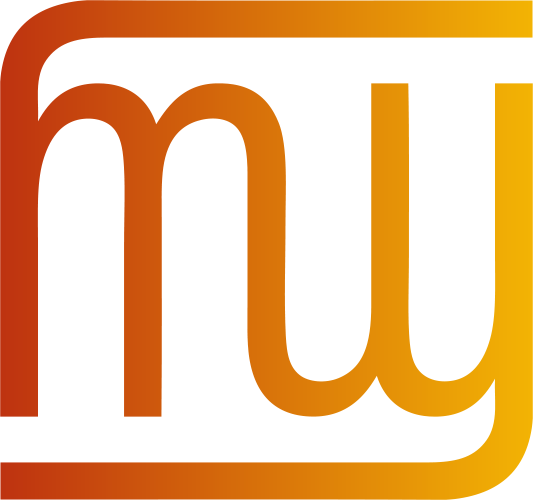 The W3C Internationalization (I18n) Activity works with W3C working groups and liaises with other organizations to ensure Web technologies work for everyone, regardless of their language, script, or culture.
The W3C Internationalization (I18n) Activity works with W3C working groups and liaises with other organizations to ensure Web technologies work for everyone, regardless of their language, script, or culture.
From this page you can find articles and other resources about Web internationalization, and information about the groups that make up the Activity.
Read also about opportunities to participate and fund work via the new Sponsorship Program.
What the W3C Internationalization Activity does
Selected quick links
Selected quick links
Selected quick links
New article: xml:lang in XML document schemas
FAQ-based article: When should I use xml:lang and when should I define my own element or attribute for passing language values in an XML document schema (DTD)?
By Addison Phillips.
מה שאתם צריכים לדעת לגבי האלגוריתם הדו-כיווני וסימון פנימי
Thanks to Oleg Gaivoronsky the translation of the article “What you need to know about the bidi algorithm and inline markup” has now been updated in Hebrew (language negotiated).
Internationalization Tag Set (ITS)
This document defines data categories and their implementation as a set of elements and attributes called the Internationalization Tag Set (ITS). ITS is used with new and existing schemas to support the internationalization and localization of schemas and documents. Implementations of ITS are provided for three schema languages: XML DTDs, XML Schema and RELAX NG. In addition, implementations are provided as fixed modularizations of various existing vocabularies (e.g. XHTML, DocBook, Open Document). The definition of the data categories is still in an early draft stage.
Character Model for the World Wide Web 1.0: Normalization
The Internationalization Core Working Group has published an updated Working Draft of Character Model for the World Wide Web 1.0: Normalization to improve text manipulation on the Web. Based on the character model Fundamentals W3C Recommendation, the draft provides authors of specifications, software developers, and content developers with a common reference for text normalization and string identity matching.
New article: Changing (X)HTML page encoding to UTF-8
FAQ-based article: How do I change the encoding of my (X)HTML pages to UTF-8?
By Richard Ishida, W3C.
Tutorial: Creating Bidi XHTML/HTML Pages
Comments are being sought on this article prior to final release. Please send any comments to www-international@w3.org. We expect to publish a final version in one to three weeks.
By following this tutorial you should be able to:
- create effective XHTML and HTML pages containing text written in the Arabic or Hebrew (or other right-to-left) scripts,
- understand the basics of how the Unicode bidirectional algorithm works, so that you can understand why bidirectional text behaves the way it does, and how to work around problems,
- take decisions about the appropriateness of alternatives to markup.
New article: Using character entities and NCRs
FAQ-based article: What are character entities and NCRs, and when should I use them?
By Richard Ishida, W3C.
Internationalization and Localization Markup Requirements
When creating schemas (XML Schema, DTD, etc.), it is important to include constructs that meet the needs of content authors dealing with international audiences, and address the needs of the localization community. This document provides a list of key requirements to achieve such a goal. It will be used to provide a framework and direction for a detailed solution proposal (or set of proposals) to be developed later.
Editor: Yves Savourel.
New article: Using <select> to link to localized content
FAQ-based article: What are the best practices for using pull-down menus based on the select element to direct visitors to localized content?
By Richard Ishida, W3C & John Yunker, Byte Level Research.
New article: Ruby markup and styling
Ruby is a name for small annotations that are rendered alongside base text. This is especially useful for Japanese and other East Asian content (ruby is known as furigana in Japanese). The Ruby Annotation specification provides a way to mark up ruby text, and has been adopted as an XHTML 1.1 module. Work is under way in CSS3 on mechanisms to support styling of ruby text. This article will introduce you to the basic mechanisms, and discuss the current state of the art with regards to ruby support.